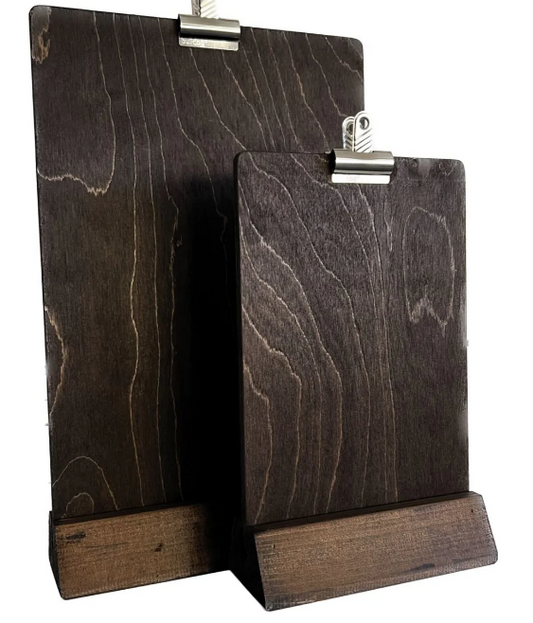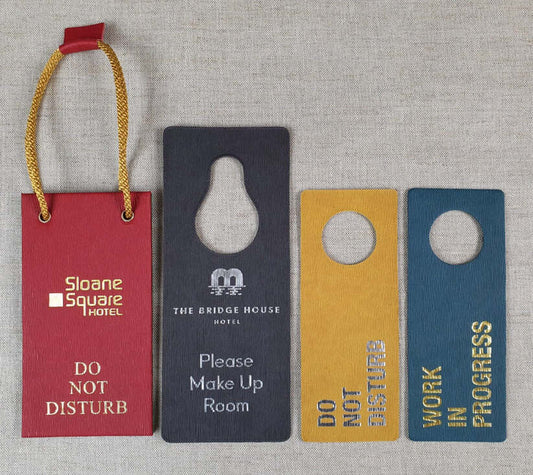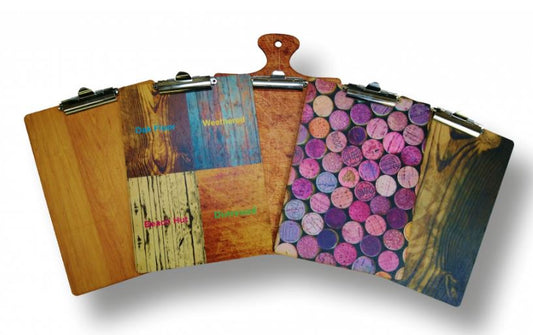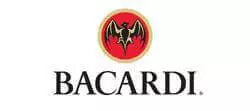The Complete Guide For How To Write a Restaurant Menu: 7 Tips
A menu is one of a restaurant's most significant marketing tools. The menu should be created with the intention of attracting, informing, and satisfying the diner. Some menus are complicated, containing national or regional specialities from the cuisine.
Others keep things simple with a small, high-quality menu of a few popular options. When it comes to designing a menu for a restaurant or café, there is no such thing as a "one size fits all" approach. You must create a menu that caters to your clients while also achieving the objectives of your idea and company strategy.
A restaurant menu can be written in a variety of ways (check our top menu covers for restaurants and cafe restaurant barriers). This post will show you how to make a restaurant menu that communicates an idea, interests the reader, and motivates them to order.
#1 Menu Item Selection
It might be difficult to come up with a restaurant menu. What should you serve and what should you leave off the menu? The perfect restaurant menu has a mix of innovative items and tried-and-true classics. It also has the proper food cost to keep earnings up and can be readily duplicated in the kitchen during a hectic dinner rush.
#2 Menu Item Costs
For a lucrative menu, knowing the right food cost for menu items is critical. Food cost is the difference between the menu price of a dish and the cost of the ingredients needed to make that dish. To put it another way, how much you pay for food determines how much you should charge for it.
Food expenditures should be approximately 30-35 percent of total costs. This means that if something costs £2.00, you must charge a minimum of £6.70. Although it may appear that you are charging far more than is required, bear in mind that you are not only paying for the meal. You're paying for someone to cook the food, serve it, and clean up after it.
#3 Choose a menu layout
The typeface and colour design of your menu should match the theme (check our dining theme ideas) of your business. If you're launching a Mexican restaurant, for example, vivid colours like red, turquoise, purple, and green would be fantastic selections for the menu.
On the menu of a French bistro or an Italian restaurant, these colours would be out of place. The typeface is the same way. A classic script font or a basic plain typeface may be used in a French cafe, but a sports bar or other informal restaurant would use a less formal or fun font. Choose a typeface that is easy to read and not too tiny.
#4 Understand what to leave off your restaurant's menu and using a quality printer
Any restaurant's menu is its heart. It displays all you have to offer in terms of food and beverage. While menus are as unique as the establishments they represent, there are a few rules to follow when creating your own. When creating a restaurant menu, there are a few things you should avoid. Before you head to the printer, read on for a list of things to avoid.
When printing out menus or any staff details, always make sure to use a high quality printer, and use a printer buy guide!
#5 When Should Your Restaurant Menu Be Updated?
You don't compose a menu once and then forget about it. At the very least, you should update it once a year, preferably twice or three times a year. Regularly updating allows you to keep track of your food costs and determine how popular or unpopular specific foods are (have you seen the restaurant checklist for opening).
#6 Keep your menu as small as possible.
When it comes to your restaurant's menu, the sky is the limit. Avoid the temptation to provide a large number of options; otherwise, you'll wind up throwing food away at the end of the night. Also, think about what your restaurant's kitchen can provide.
#7 Consider incorporating regional foods into your menu
For fresh, delicious meals, an increasing number of eateries are looking to their neighbours. Local cuisine are being served in a variety of places, ranging from fine dining to informal sandwich shops. This is something that anybody with a garden can attest to.
Wholesale veggies and fruits just do not compare to locally grown produce, just as handmade bread does not compare to store-bought bread. Buying locally also benefits your community's economy while also fostering ties with other local business owners.















